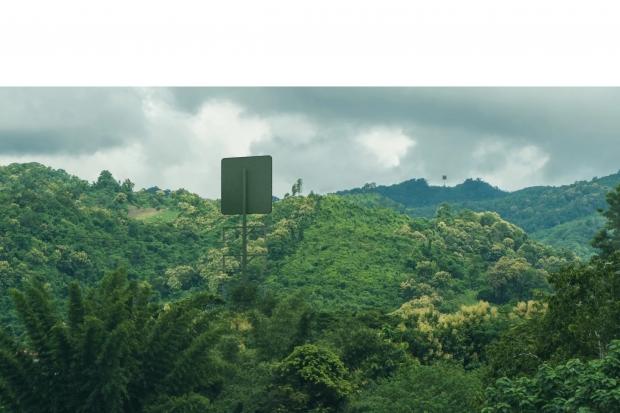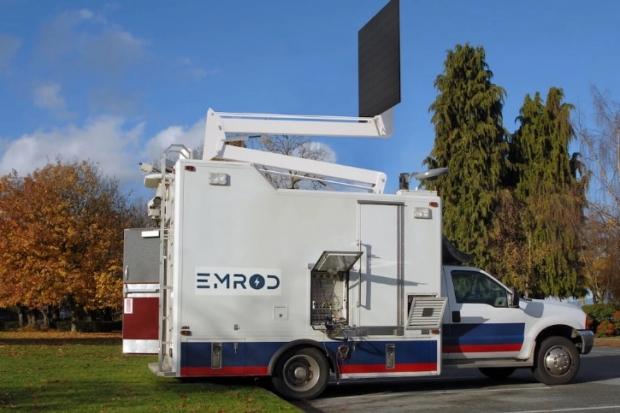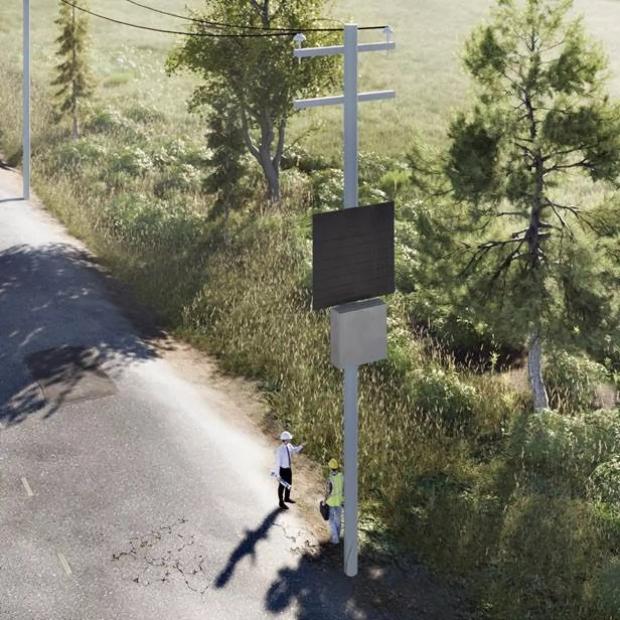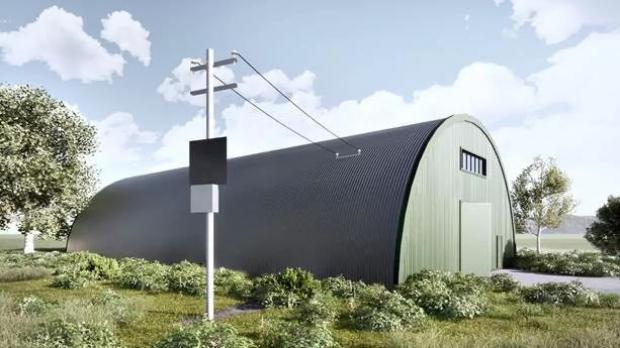It looks like the next big technological leap for mankind could be wireless power transmission, something New Zealand-based Emrod is working on right... now.

Emrod has created a method of both safely, and most importantly, wirelessly transmitting electrical power over long distances without the need of copper wire. Emrod is now in the starting stages of working with New Zealand's second-largest power distributor with this technology.
Wireless power isn't something new -- with Nikola Tesla first playing around with it in the late 1800s and then powered light bulbs over two miles away with a gigantic 140-foot Tesla coil in the 1890s. But now Emrod is coming out of nowhere and doing something very similar, with the backing of a gigantic power company in New Zealand.
Powerco's Network Transformation Manager Nicolas Vessiot explained: "We're interested to see whether Emrod's technology can complement the established ways we deliver power. We envisage using this to deliver electricity in remote places, or across areas with challenging terrain. There's also potential to use it to keep the lights on for our customers when we're doing maintenance on our existing infrastructure".

Emrod founder and serial entrepreneur Greg Kushnir teases: "We can use the exact same technology to transmit 100 times more power over much longer distances. Wireless systems using Emrod technology can transmit any amount of power current wired solutions transmit".
- How does it work? Emrod uses a transmitting antenna, a series of relays, and a receiving rectenna. It then beams the power between two specific points, with no radiation around the beam.
- What is a rectenna? A 'rectenna' isn't a spelling error of 'antenna' it is an antenna that is capable of converting microwave energy into electricity, which is actually kinda awesome.
- Will it power an entire city? That would be the plan eventually, yes.
- Is it dangerous? At this stage, it doesn't seem dangerous -- the team has it covered, and these technologies can't just be rolled out without government watch bodies checking it all over. You can't just have these things aiming at planes because they've been hacked and blowing up power stations in the middle of nowhere.
- What if an animal, or human, passes through the beam? Emrod says that the system would immediately shut down power transmission if a bird, drone, helicopter, or something flew through the beam.
- Will it work in the rain, what about fog? Yes, the wireless power will work through these conditions, with the team at Emrod saying it'll work through rain, fog, dust, dirt, and more. The only limitations it has are line of sight between the relays.


You can read a great in-depth interview between New Atlas and Emrod here.



